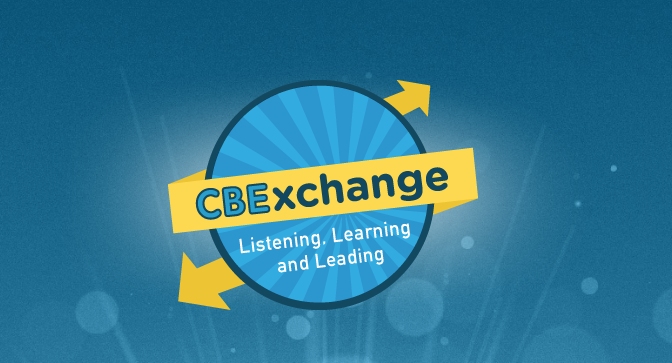A brief history of the lecture and a reflection on its value in present-day classrooms.
Absorbing a long, complex argument is hard work, requiring students to synthesize, organize and react as they listen. In our time, when any reading assignment longer than a Facebook post seems ponderous, students have little experience doing this. Some research suggests that minority and low-income students struggle even more. But if we abandon the lecture format because students may find it difficult, we do them a disservice. Moreover, we capitulate to the worst features of the customer-service mentality that has seeped into the university from the business world. The solution, instead, is to teach those students how to gain all a great lecture course has to give them.
Worthen, Molly. “Lecture Me. Really.” The New York Times. October 17, 2015
